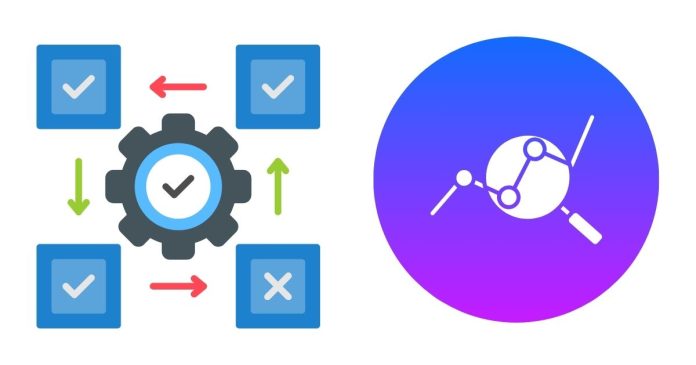Testing is a critical component of software development, ensuring that applications work as intended and deliver value to users. Among the many types of testing, unit tests and functional tests play fundamental roles in maintaining software quality. While these testing methodologies share the goal of identifying and addressing issues, their focus, scope, and implementation differ significantly. Let’s delve into the key distinctions between unit tests and functional tests.
What Are Unit Tests?
Unit tests are low-level tests that focus on validating individual components or units of code, such as functions, methods, or classes. The primary goal is to ensure that each unit behaves correctly in isolation.
Characteristics of Unit Tests:
- Granularity: Unit tests target specific, small pieces of code.
- Isolation: They often use test doubles (like mocks or stubs) to isolate the unit under test from external dependencies.
- Speed: These tests are typically fast to execute, making them suitable for frequent execution during development.
- Automation: Unit tests are highly automatable and often integrated into the continuous integration/continuous deployment (CI/CD) pipeline.
Example: Imagine a function that calculates the sum of two numbers. A unit test would verify that the function returns the correct result for various input combinations, such as:
assert add(2, 3) == 5
assert add(-1, 1) == 0
What Are Functional Tests?
Functional tests focus on testing the application’s functionality from the end-user perspective. They evaluate whether a system or feature performs its intended function based on specified requirements.
Characteristics of Functional Tests:
- End-to-End Focus: These tests validate interactions between various components of the system, often spanning the user interface (UI), backend, and database.
- Realistic Scenarios: Functional tests mimic real-world user actions and workflows.
- Integration: They rely on the system as a whole rather than isolating individual components.
- Execution Time: Functional tests are generally slower due to their broader scope and reliance on fully integrated systems.
Example: For a web application login feature, a functional test might check:
- Entering a valid username and password successfully logs the user in.
- Entering an incorrect password displays an error message.
Key Differences Between Unit Tests and Functional Tests
| Aspect | Unit Tests | Functional Tests |
|---|---|---|
| Scope | Individual units of code | Entire features or workflows |
| Focus | Code correctness in isolation | System behavior as a whole |
| Dependencies | Mocked or stubbed dependencies | Real, fully integrated environment |
| Execution Speed | Fast | Slower |
| Perspective | Developer-oriented | User-oriented |
| Examples | Testing a function or method | Testing a login process |
Why Both Are Important
While unit tests and functional tests serve distinct purposes, they complement each other in ensuring software quality:
- Unit Tests: Catch issues early in development, making debugging easier and faster.
- Functional Tests: Validate that the application meets user expectations and business requirements.
By combining these approaches, teams can build robust, reliable, and user-friendly applications.
Understanding the difference between unit tests and functional tests is crucial for designing an effective testing strategy. Unit tests provide a solid foundation by ensuring individual components work correctly, while functional tests confirm that the system delivers value as a cohesive whole. Together, they form the backbone of a comprehensive quality assurance process, enabling teams to deliver high-quality software with confidence.


